Rise in Connected Vehicles
The proliferation of connected vehicles is transforming the Vehicle Security System Market. As vehicles become more integrated with the Internet of Things (IoT), the need for advanced security measures has become paramount. Connected vehicles are susceptible to cyber threats, necessitating robust security systems to protect against unauthorized access and data breaches. The market for vehicle security systems that can safeguard connected vehicles is expected to grow significantly, with projections indicating a potential increase in demand for cybersecurity solutions. As the automotive industry continues to embrace connectivity, the Vehicle Security System Market is likely to evolve, focusing on comprehensive security frameworks that address both physical and digital threats.
Increasing Vehicle Theft Rates
The Vehicle Security System Market is experiencing a surge in demand due to rising vehicle theft rates. Statistics indicate that vehicle thefts have increased in various regions, prompting consumers and businesses to seek enhanced security solutions. In 2025, it is estimated that vehicle thefts could reach unprecedented levels, leading to a heightened focus on advanced security systems. This trend is likely to drive investments in innovative technologies such as GPS tracking, immobilizers, and alarm systems. As consumers become more aware of the risks associated with vehicle theft, the demand for robust security measures is expected to grow, thereby propelling the Vehicle Security System Market forward.
Regulatory Compliance and Standards
The Vehicle Security System Market is also shaped by regulatory compliance and standards set by various authorities. Governments are increasingly mandating the inclusion of specific security features in vehicles to enhance safety and reduce theft. For example, regulations may require the installation of immobilizers or tracking devices in new vehicles. This regulatory landscape is likely to create a favorable environment for the Vehicle Security System Market, as manufacturers adapt to meet these requirements. Compliance with safety standards not only boosts consumer confidence but also encourages innovation in security technologies, further driving market growth.
Growing Awareness of Vehicle Security
Consumer awareness regarding vehicle security is on the rise, significantly impacting the Vehicle Security System Market. Educational campaigns and media coverage about vehicle theft and its consequences have led to increased vigilance among vehicle owners. Surveys indicate that a substantial percentage of consumers are now prioritizing security features when purchasing vehicles. This shift in consumer behavior is expected to drive the demand for advanced security systems, including remote monitoring and smartphone integration. As awareness continues to grow, the Vehicle Security System Market is poised for expansion, with manufacturers focusing on developing comprehensive security solutions that cater to informed consumers.
Technological Advancements in Security Systems
The Vehicle Security System Market is significantly influenced by rapid technological advancements. Innovations such as biometric authentication, artificial intelligence, and machine learning are being integrated into vehicle security systems, enhancing their effectiveness. For instance, AI-driven systems can analyze patterns and detect anomalies, providing real-time alerts to vehicle owners. The market for these advanced security solutions is projected to expand, with estimates suggesting a compound annual growth rate of over 10% in the coming years. As technology continues to evolve, the Vehicle Security System Market is likely to witness a shift towards more sophisticated and user-friendly security solutions.


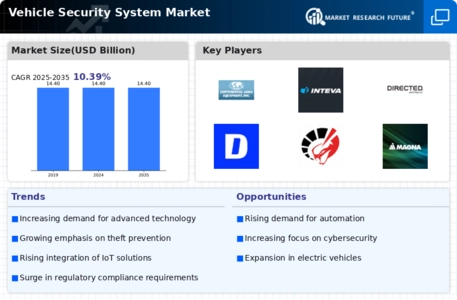

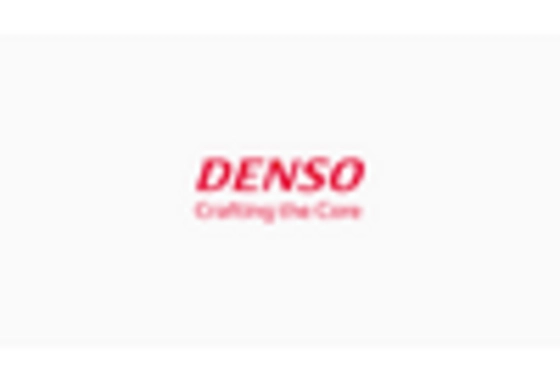
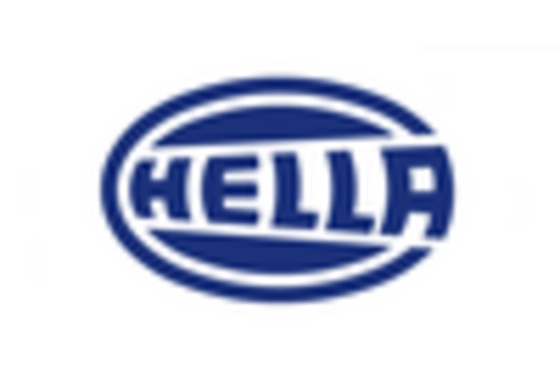
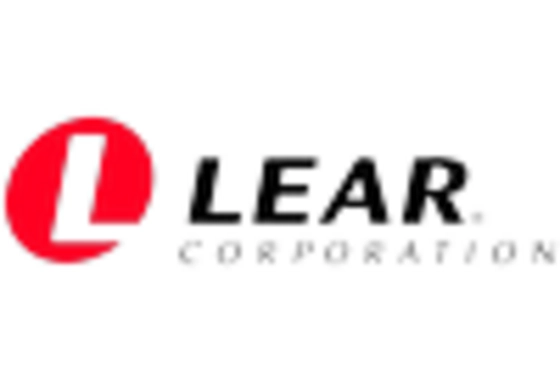
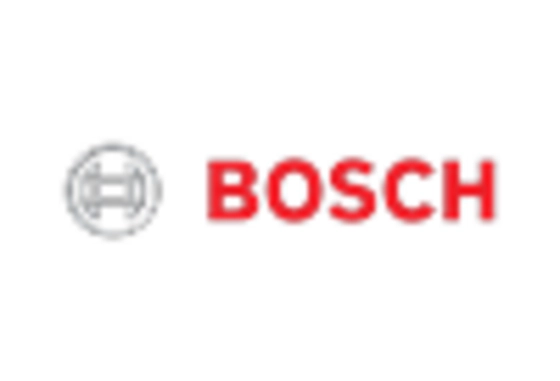
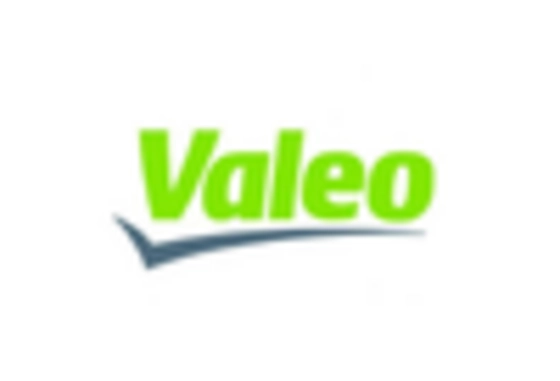








Leave a Comment